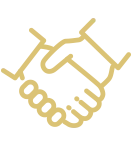
Are Your Ready to Get Your Home Finance Journey Started?
How can we help?

Trust
At Advisors Mortgage Group, we build trust through personalized guidance, local market expertise, and a commitment to exceeding your expectations. #TrustworthyMortgages"

Great Rates
Unlock your dream home with our mortgage solutions. Our local experts offer competitive rates tailored to your needs, helping you save more. #GreatRates #HomeFinancing

High Efficiency
Experience swift and efficient mortgage processing with our team of local experts. We prioritize quick turn times, ensuring you get the keys to your dream home sooner. #FastApproval #QuickTurnTimes
Work With a Local Expert...
With more than 20 years of experience, Rick Ripma, Your Hard Working Mortgage Guy with Advisors Mortgage Group, is one of the leading mortgage companies in Carmel, Indiana. Advisors Mortgage Group is a multi-state mortgage banker and this branch is locally operated by Rick and his Hard Working Mortgage Team. We are fully licensed to handle all your mortgage and home loan needs. We specialize in a range of mortgage options, including first time home buyers’ mortgages, debt consolidation, and refinancing. Call us today at (463) 223-9592 to schedule an appointment to discuss your mortgage needs with a qualified expert.
More than 20 years of experience
National Mortgage Bank Locally Operated Branch
Fully licensed
Your Hard Working Mortgage Team
We believe education helps you make the best mortgage decision
Fast turnaround times
Wide range of mortgage services
What our clients say

I am so thankful for having worked with Advisors Mortgage for my mortgage loan. Rick, Mark, and their team were constantly available to provide guidance and knowledge on the many aspects of this process and thanks to them my family and I are looking forward to moving into our first home this Spring! I strongly recommend working with Advisors for mortgage help and beyond.
- Derek B.
We understand that your time is valuable, and we're here to make the process as seamless as possible. Take control of your schedule and secure your preferred date and time for your upcoming appointment.
Our user-friendly interface allows you to select the most convenient slot from our available options. Whether you're seeking a mortgage consultation, a job interview, or a business partner strategy call, we've got you covered. Simply follow the steps, and in just a few clicks, your appointment will be confirmed.
Once you've scheduled your appointment, keep an eye out for our confirmation and reminder messages. We'll make sure you're well-informed and prepared for your meeting. If you need to make any changes or have questions, our dedicated support team is ready to assist you.
At Advisors Mortgage Group, we prioritize your satisfaction. Our skilled professionals are committed to providing you with the highest standard of service. We can't wait to meet you and address your needs.



Contact Us
811 W Main Street, Suite 210
Carmel, Indiana 46032
© Copyright 2024 | Advisors Mortgage Group | All rights reserved.
© Copyright 2024 | Advisors Mortgage Group | All rights reserved.